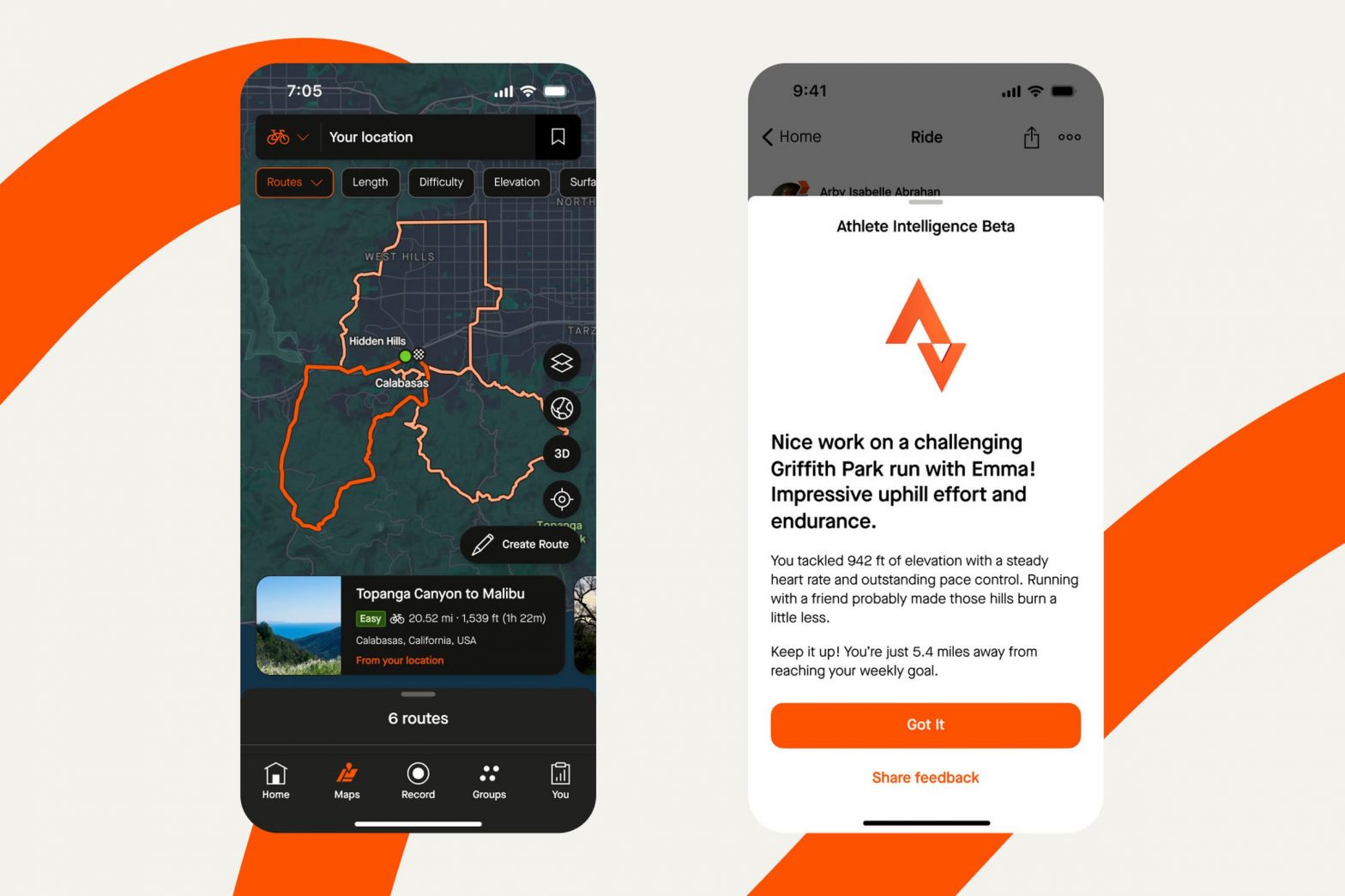/
Strava’s new leadership is committing to accelerated product development with a bunch of new features that are coming to the fitness app later this year.
Share this story
:format(webp)/cdn.vox-cdn.com/uploads/chorus_asset/file/25451230/Dark_Mode___AI.jpg)
There’s new leadership at Strava, and they want everyone to know the platform is about to get a bunch of new features, starting with the highly requested dark mode, a family subscription plan, night heatmaps, and, of course, AI.
Dark mode as a concept has been around for ages, but it’s been a recurring source of consternation for Strava users on Reddit forums. For those folks, the good news is dark mode will arrive later this summer, and users can choose between permanently keeping the app in dark mode or matching a user’s phone settings. More good news: it’ll be available for both subscribers and free users.
“There’s been a lot of investment that had to go in for an app that launched in 2009 to be able to get to a place where we could launch dark mode,” says Matt Salazar, Strava’s chief product officer. “I think one of the things I’d want our community to know is, hey, we heard you on all your feature desires. We’re committed to accelerating the pace of that and getting those features out sooner.”
:format(webp)/cdn.vox-cdn.com/uploads/chorus_asset/file/25451349/Flyover___Dark_Mode_Heatmap.jpg)
As for AI-enabled features, there are quite a few. The big one is the Athlete Intelligence Beta, which creates digestible summaries of your training data. According to Salazar, it uses large language models to interpret your data and “give it to you in plain English.” As in, it’ll give users insights into how well they did on a particular workout, parsing what individual stats mean in relation to overall goals, and providing some suggestions on how to get better. It’ll also take into consideration whether you’re trying to prepare for a race or recover from an injury.
“It’s not a chatbot situation,” Salazar says, noting that Strava made a deliberate choice not to implement a chatbot. For context, Whoop added a ChatGPT-powered coach to its app last year, while then-Fitbit CEO James Park also teased an AI chatbot for Fitbit at Made by Google in October. “It’s more of a summary aspect, but I think that’s really where athletes are going to find value.”
Strava’s also adding something called AI-enabled Leaderboard Integrity. In a nutshell, it’ll weed out the cheaters by using machine learning to flag “irregular, improbable, or impossible” activities recorded on the platform. For instance, it might alert you that an impossibly fast e-bike ride has been mislabeled as a regular bike ride and nudge you to correct it.
Making Strava more appealing to women is also on the agenda. On that front, the app is adding night heatmaps. (Heatmaps show popular routes among a fitness app’s users.) The filter lets athletes see which roads, trails, and paths are well-trafficked between the hours of sunset and sunrise. It’s not a perfect solution, as many female athletes, myself included, often choose to avoid running or cycling at night for safety reasons. This only tells you if a route is popular — it’d be slightly more helpful if you could also see information on how well-lit that route is or if it’s in a highly populated area.However, the move is aimed at helping athletes who do choose to partake in nighttime activities to be more informed.
Lastly, Strava is also adding a family subscription plan so that premium features can be more affordable. You can add up to three other people on a plan, and there are no restrictions as to who you can add. Salazar said the company is still working out pricing, however, and there’s a chance that the final subscription price will vary depending on region. The plan will launch in a few test markets this summer, with a planned global rollout by the end of the year.
